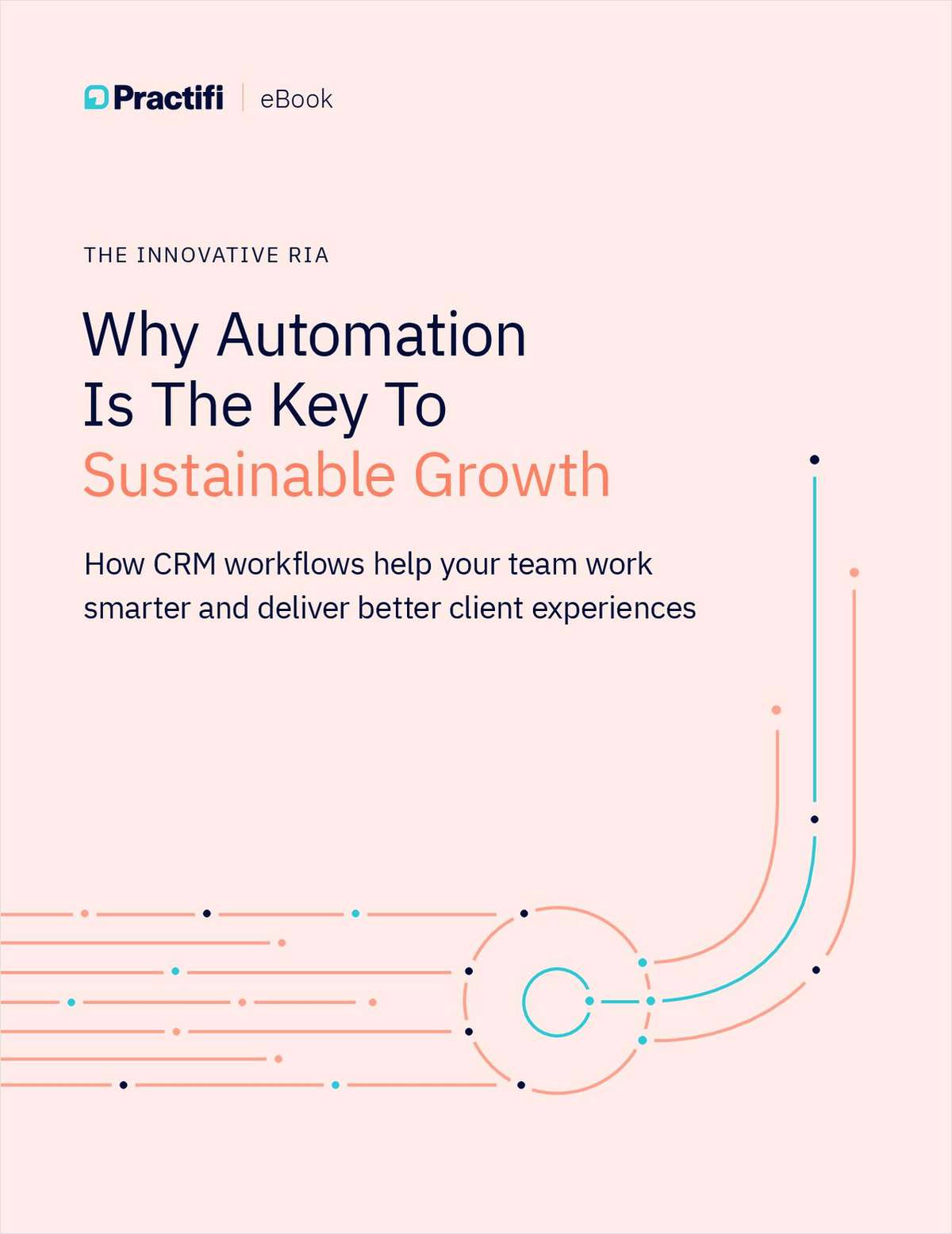The ongoing controversy over how to stop stranger- or investor-originated life insurance is one of the more bitter regulatory stories to emerge in recent memory.
The Hatfield-McCoy-like bitterness, played out over 2 years at public meetings of the National Association of Insurance Commissioners, Kansas City, Mo., and the National Conference of Insurance Legislators, Troy, N.Y., is likely to continue, at least in the near term.
At press time, NCOIL was planning a full-day discussion of the issue on April 21 in Washington, following several hours of testimony at its spring meeting in Savannah, Ga., in early March.
Representatives of the life settlement and life premium finance industries are vowing to fight recently adopted amendments to the NAIC's Viatical Settlements Model Act. The amended model draft was unanimously adopted by the NAIC's Life and Annuities "A" Committee and awaits full adoption by the NAIC at its executive committee and plenary session during the summer NAIC meeting this June.
Even if the model is adopted, interviews by National Underwriter suggest the controversy will be removed to state houses, where legislatures will possibly face 2 models and a battery of lobbyists representing life insurers, life settlement and premium finance representatives, and possibly even a new trade group, the Institutional Life Markets Association, representing institutional investors. (See related story on page 27.)
The source of the depth of feeling being expressed by all sides is hard to pinpoint. But threads from discussions over 2 years raise major issues, including 'insurable interest,' which goes to the heart of the principles of life insurance, and property rights, which goes to the heart of American law and how Americans perceive their rights under law.
Throw into the mix complex issues such as product pricing, product arbitrage, contestability periods, tax treatment of life contracts, genuine need as defined by a list of life events, and what recourse and non-recourse premium finance laws are, and when they are and are not legitimate, and as testimony suggests, the issue is even thornier.
A timeline offers an overview to counterbalance the detail work on both the NAIC model, which at press time seems largely complete, and the NCOIL model as it evolves.
The first signs of that evolution surfaced in December 1998, during a public hearing and session of the viatical settlement working group held at the winter NAIC meeting in Orlando. The hearing was held to review how viatical settlement contracts should be regulated. Discussion reflected how the viatical settlement industry, the precursor to the life settlement industry, was maturing. Comments centered on the shift from viatication by terminally ill or health-impaired individuals to the sale of a contract by healthy policyholders.
During testimony reported in the Dec. 14, 1998, issue of NU, ACLI counsel Julie Spezio cited instances where companies reported cases of viatication within 10 days after a policy had been purchased. The cases, she explained to regulators, involved high net worth individuals.
Tom Foley, a life actuary and then-North Dakota regulator, noted that the trend could have "significant tax effects" for insurers. "By eliminating insurable interest, we could have Treasury looking at the tax benefits of insurance and asking why should they have these benefits. This is going to happen."
Foley said at that meeting of the viatical settlement working group that it was essential regulation cover the health-impaired, well consumers and those who purchase contracts for the purpose of viaticating them.
Kevin McCarty, then a working group member representing the Florida department, noted his department had already received "a tremendous number of calls from investors. There could be a huge destabilization in the life insurance market."
McCarty is now insurance commissioner with the Florida Office of Insurance Regulation. In 2005, Florida passed legislation that permits settlement of a life insurance contract and allows investment in a contract that is in force for less than 2 years. The law also contains significant disclosure requirements.
Lester Dunlap, a regulator with the Louisiana department at the time, said that regulation could either incorporate guidelines for healthy viators into a model regulation or create a separate regulation.
And Doug Head, then-compliance director with the Medical Escrow Society, Tavares, Fla., said the regulation should be adopted as is. Head said: "Life insurance is a form of property and an owner has fair discretion over what they do with it. The viatical settlement industry is working toward a real need."
Head has since gone on to become executive director of the Life Insurance Settlement Association, Orlando, Fla.
The comments were a precursor to work on changes to the Viatical Settlement Model Act, adopted in 1998 and again in 2001.
The original model was adopted in 1993. As it moved toward adoption, it faced issues including a call that a "broader spectrum of interested parties be allowed to develop a proposal that would have consensual support," according to NAIC legislative history. Some states, this record said, wanted to eliminate the market altogether, while other states did not want to limit any financial activity. During the course of the discussion, according to the NAIC records, one commissioner suggested that in addition to the model, insurers be encouraged to offer accelerated benefits.
Among the states that took action following the 2001 adopted version were North Carolina, Pennsylvania and Virginia. State legislation varied, with some bills focusing on traditional viatical settlements, some on guidelines for brokers and their responsibilities to viators and others including both viatical settlements and life settlement contracts.
Even as states started adopting the revised model act, regulators continued to grapple with the Viatical Settlement Model Regulation, the tool used to implement guidelines in the model act. Separate licensing requirements for life insurance producers and those who also are life settlement brokers delayed the model's adoption. Ultimately, it was adopted without separate requirements.
Life insurers had expressed disappointment that the model reg had been delayed; they argued that the life insurance and life settlement industries are really separate businesses and that the viatical industry is really a "factoring industry" related to future cash flows a policy will provide.
In 2003 and 2004, several stories in NU covered Internal Revenue Service scrutiny of both life insurance products and investor-owned life insurance. A July 2003 article detailed 2 revenue rulings, Rule 2003-91 and Rule 2003-92, which banned the purchase of life insurance and annuity contracts primarily for tax-avoidance purposes.
And in June 2004, the IRS turned its attention to investor-owned life insurance products, as detailed in an article about a Senate Finance Committee hearing on whether tax-exempt organizations are abusing their status. The comment from IRS Commissioner Mark Everson was in response to a question posed by Sen. Jeff Bingaman, D-N.M.
The arrangements under scrutiny involved selling fixed income security interests in a trust owned by a charity to institutional investors. The trust then purchased both a life insurance policy on the donor and an immediate annuity to make payments on the life policy. The charity benefited from the value created by the arbitrage created from the difference in pricing between the life contract and the annuity contract.
The arrangements were called Lilacs and had the life insurance industry seeing red.
At that point, both Gus Comiskey, president of the Association for Advanced Life Underwriting, and David Woods, CEO of the National Association of Insurance and Financial Advisors, both in Falls Church, Va., issued a statement saying they were working with the American Council of Life Insurers to prevent state insurable interest laws from being relaxed. In fact, the ACLI had told the Senate Finance Committee that it had set up a CEO-level task force to address the use of life insurance and annuity products sold as part of these transactions.
Bills had been proposed in Louisiana and North Carolina. Tennessee, Nebraska and Texas permit Lilacs. Legislation had been rejected or tabled in Maryland, Florida, Alabama, Louisiana, Oklahoma and South Carolina, according to the ACLI, which was cited in a July 1, 2004 article.
At the time, Frank Keating, ACLI president and CEO, said the concern among insurers was that it would endanger favorable tax treatment of insurance proceeds if Congress saw death benefits being used for investment purposes.
The issue received its first major public discussion at the June 2005 summer meeting in Boston during the NAIC's "A" Committee, chaired by North Dakota Insurance Commissioner Jim Poolman.
Within a year, Poolman, along with then-New York Superintendent Howard Mills, would hold another public hearing on May 3, 2006, one that drew a packed crowd of 250 participants and featured major industry leaders such as New York Life's CEO Seymour Sternberg offering their solutions to the problem of life insurance originated by investors.
During the Boston meeting, according to NAIC meeting minutes, the ACLI, along with NAIFA and AALU, submitted a letter with the support of the National Association of Independent Life Brokerage Agencies, Fairfax, Va., pointing out that in such transactions, the charity receives–at best–5% of the benefit, with the rest going to investors.



